
OR
Burn violence in Nepal
The Burn Violence Survivors (BVS)-Nepal, an NGO, has documented the case of every burn patient in Nepal since 1998. They have repeatedly shared their data with nearly all big and small political parties, hoping for more victim-friendly policies. But they have so far had little to show for their effort. This is because there is zero political will to act as burn violence is not a priority of our political parties, or most of our NGOs for that
matter. Those working with burn victims believe this indifference is partly the result of entrenched patriarchy; most burn victims are women but most decision-makers who can help these victims are men. Take the case of Rihana Dhapali, the pretty 19-year-old woman from Banke district who galvanized the country’s attention in 2014 after her harrowing story came to light. Her in-laws had tried to burn her alive as she had failed to bring enough dowry. Despite her case getting such widespread publicity, nearly three years down the line, her husband, the man who set her on fire, still walks free. If the situation is so hopeless for a woman whose cause the popular press has repeatedly championed, one can only imagine the odds of getting justice for the vast majority of the
victims of burn violence whose plights never make headlines.
To put things into perspective, the number of burn injuries in Nepal is more than the cases of AIDS, malaria and TB put together. And yet this issue continues to be egregiously ignored. In Banke district alone, eight women have been burnt alive since the incident with Rihana; she survived but three of the eight have succumbed to their injuries. One would have to be pretty heartless to be able to ignore the unimaginable pain and suffering these women have endured. But even if we can do so for a bit, there is a strong economic case to be made to give higher priority to burn violence, which handicaps thousands of able-bodied women (and men) every year. Since attending to a burn-victim is a full-time job, in many cases even their family members cannot go to work and earn for the family. The real cost to the national economy of this phenomena is yet to be calculated, but nearly everyone agrees that the cost is substantial.
Again, it is a clear case of systemic neglect of what is largely a woman’s issue. This does not behoove a society that has embraced many progressive changes since the 2006 people’s uprising. Many more women are now represented in the parliament, as well as in other important government and non-governmental bodies. The country’s president is a woman and so is its chief justice. And yet so many Nepali women continue to silently suffer, with the state seemingly uninterested in what is a life-and-death issue for many of them. The least the state could do is to finance the treatment and rehabilitation of burn victims, most of whom come from dirt-poor families. A lot more could also be done to spread awareness about burn violence and to quickly apprehend and punish those involved in burn violence-related crimes. These are not the kinds of things that people can get away with in democratic and progressive societies.
You May Like This
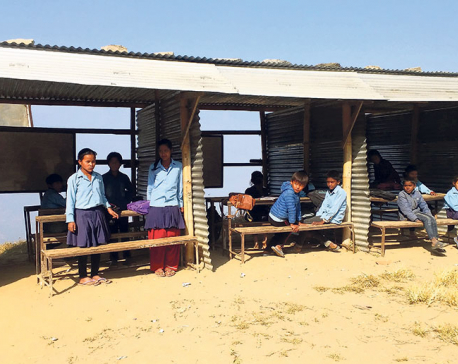
Searching for bright future under tin-roofed hut
NUWAKOT, Nov 25: The students of an earthquake-ravaged school in Nuwakot have been braving the unforgiving cold of winter, the... Read More...

Cold claims nine lives in a week
RAUTAHAT, Jan 5: As the freezing cold has started gripping the country, nine deaths have been reported from various tarai districts... Read More...

Man dies of cold
GAUSALA, Dec 30: A person died of cold at Jaleshwar, Mahottari on Friday morning. ... Read More...


Just In
- JSP Central Executive Committee meeting today
- Ambassador Adhikari presents his letter of credentials to Turkish President Erdoğan
- Bajhang by-election: Construction of Taklakot Road is common election agenda of candidates
- Meeting of Finance Committee being held today to discuss 2025/25 budget
- Stakeholders call for transparency as Beijing pushes for early implementation of BRI projects in Nepal
- Special Court orders judicial custody for Sunil Paudel over illegal wealth acquisition charges
- District Court Rautahat sentences four individuals including Aftab Alam to life imprisonment
- Class 12 exam starts today with participation of over 390,000 candidates








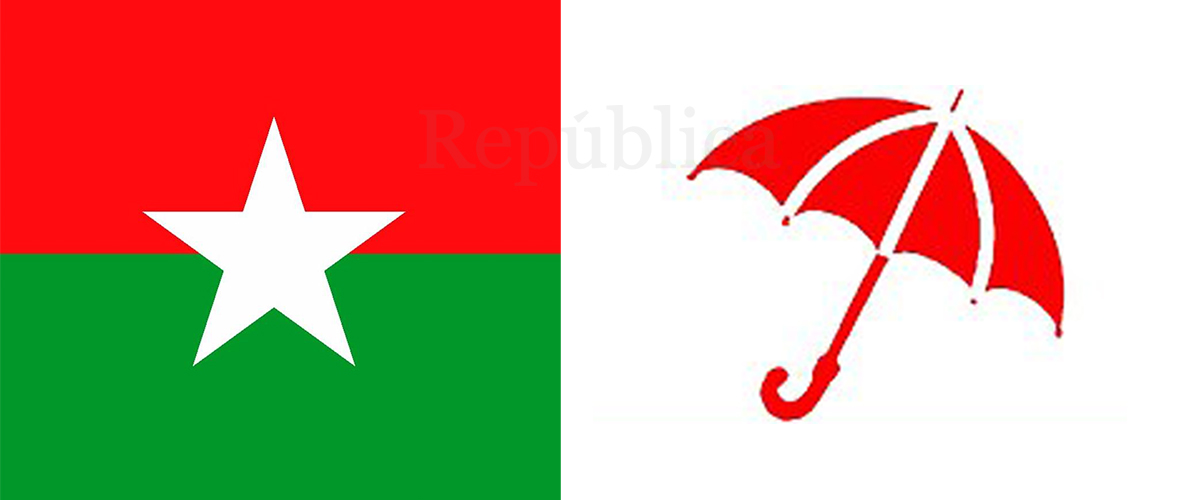
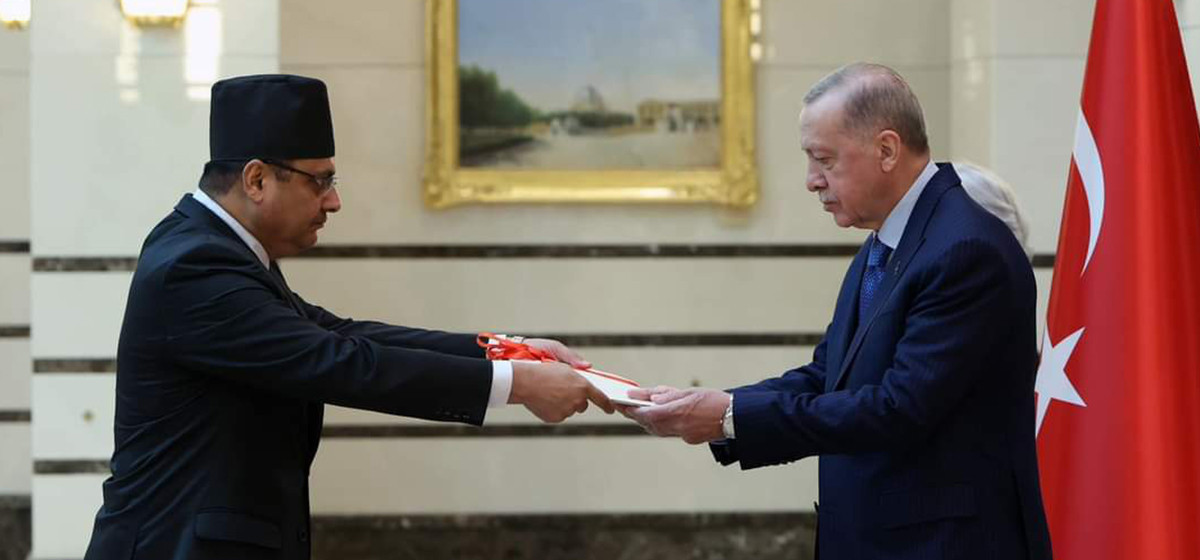
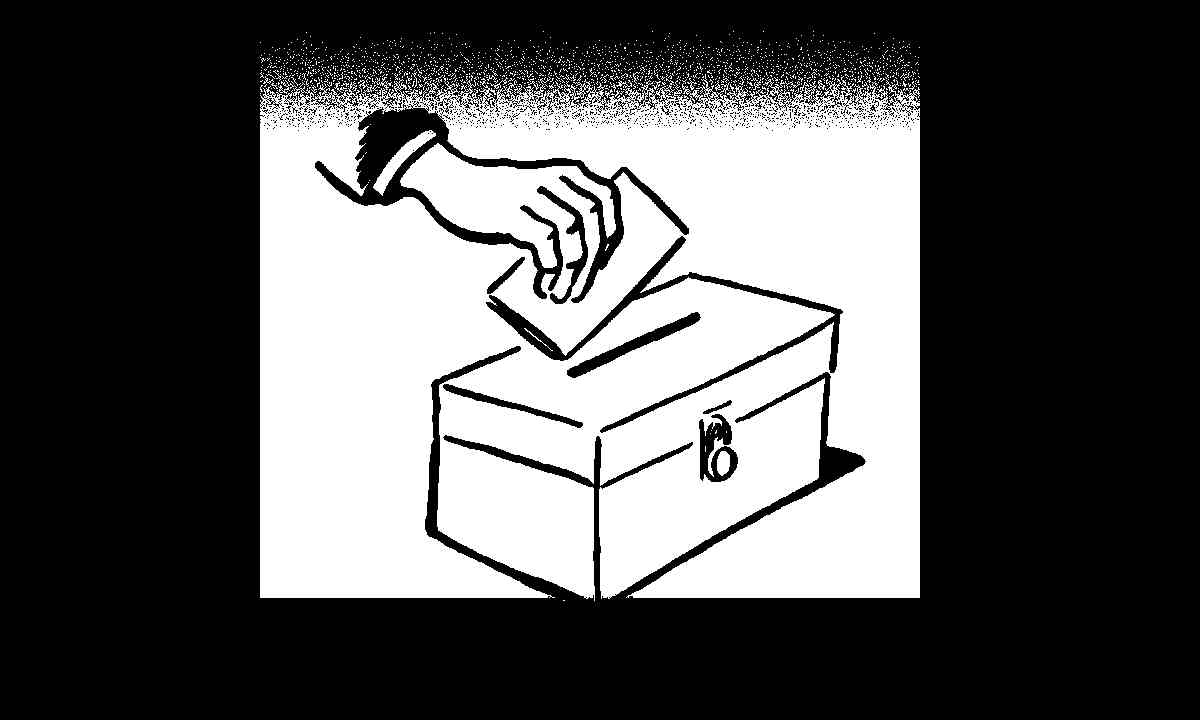
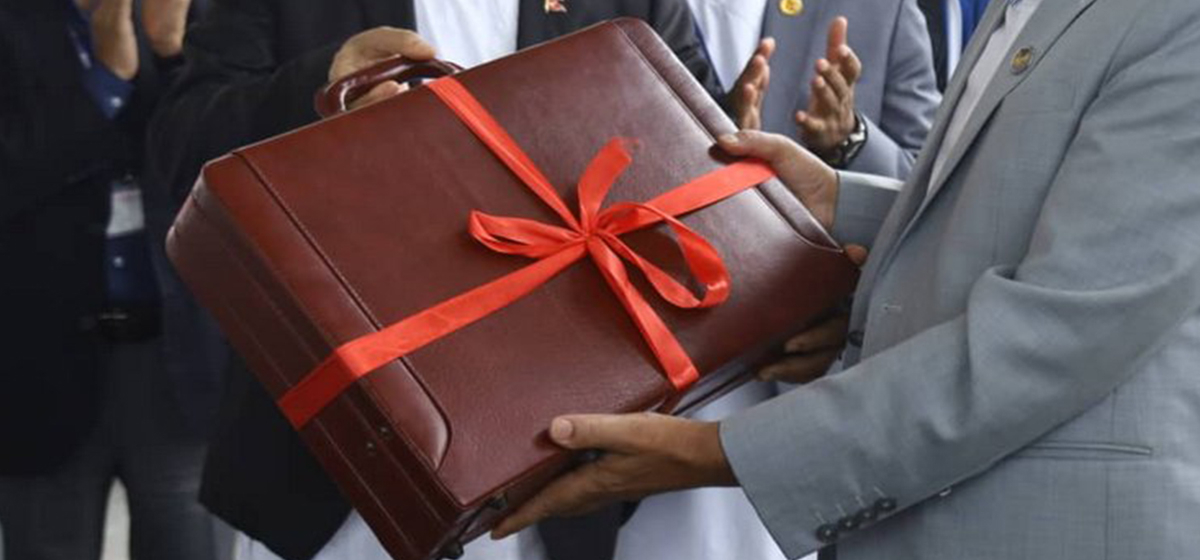

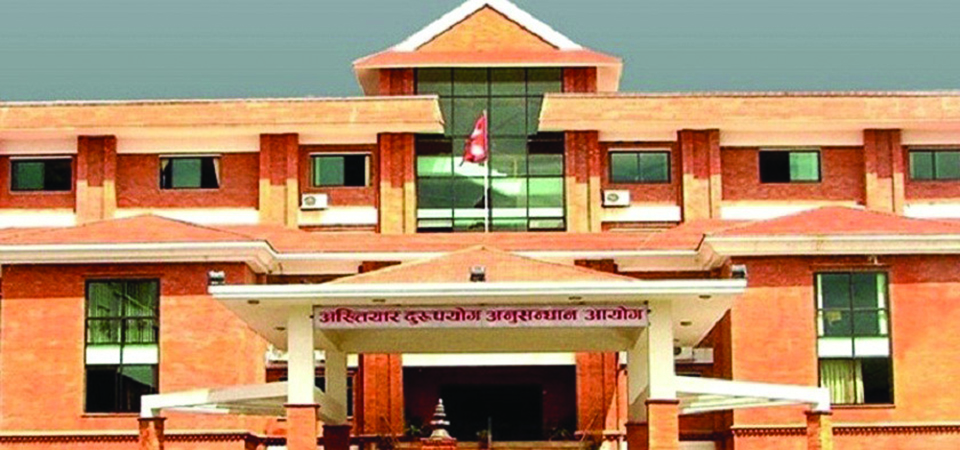


Leave A Comment